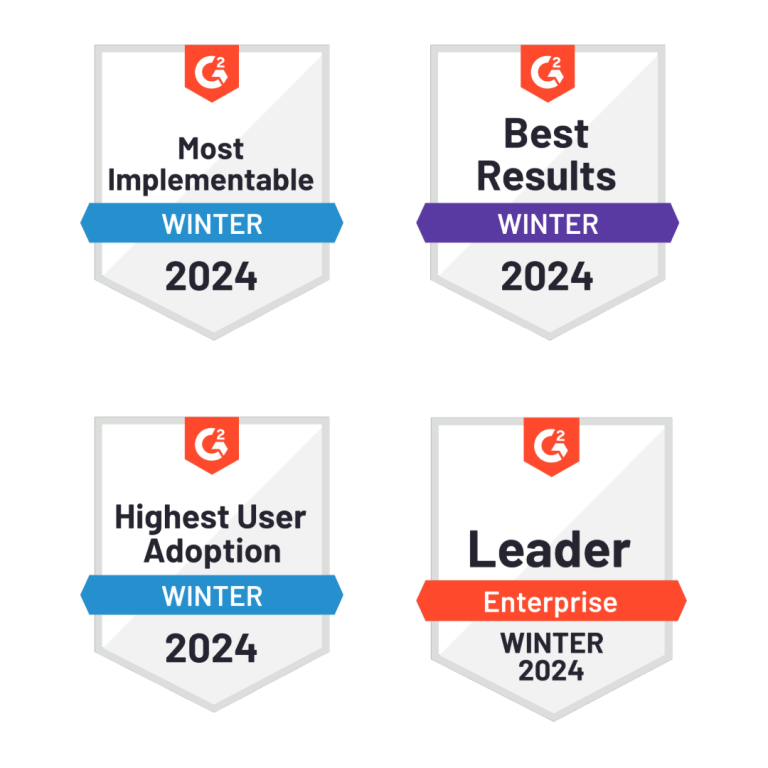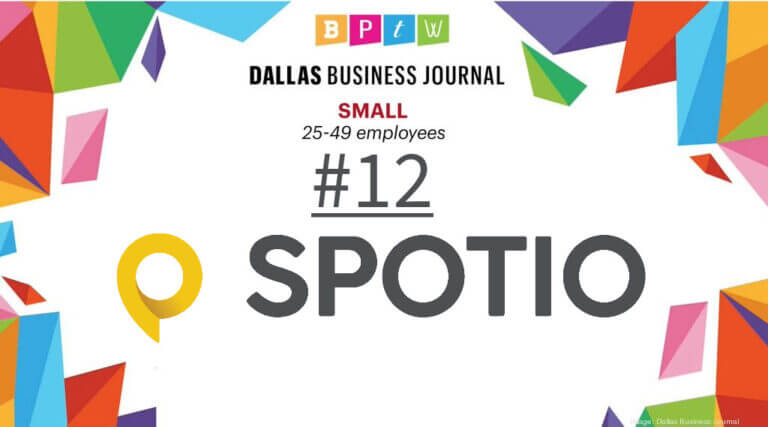DALLAS, TX, Oct. 2, 2018 /PRNewswire/ — SPOTIO, the leading field sales enablement platform for sales reps and managers, announced findings from a recent industry survey showing that field sales teams are at a disadvantage to their inside sales counterparts, because they lack the necessary tools to succeed.
The survey conducted and executed by Impact Brands, a strategic marketing and consumer insights firm, and distributed to nearly 500 sales professionals and managers, was developed to better understand the needs and deficiencies of field sales representatives, and how sales managers perceive these issues. Feedback from the respondents provided the following revealing results:
- The No. 1 challenge of field sales representatives today is CRM functionality.
- The field sales industry appears to be behind related to supplying hardware and basic equipment to their teams.
- Reduction of manual reporting would increase revenue and productivity.
- More than 80% of those surveyed said they spend up to 30 hours per week on manual reporting.
- Easy access to targeted leads would generate significant upside for companies.
- More than 60% of those surveyed said they could produce 10% or more in weekly revenue with easier access to leads.
- Only 47% of those surveyed believe that field sales team are more productive than inside sales teams.
Sales leaders acknowledge the strengths of field sales compared to inside sales in critical categories including: customer loyalty, ROI for their companies, average sales size, employee satisfaction, and stronger customer relationships.
In addition to the aforementioned survey results, many field sales reps, especially those of the millennial generation who are tech savvy, struggle with sales objectives because they don’t have mobile technology to support them in the field. According to CSO Insights survey, 88% of sales professionals are unable to utilize critical sales material on their smartphones, and 60% of sales organizations report a longer sales cycle due to a lack of proper tools.
“The honest and revealing survey data from our research and others, reemphasizes to us the need to fill the gap currently in place between field sales and inside sales,” said Trey Gibson, CEO of SPOTIO. “As the top field sales enablement platform provider for field sales reps and managers, it’s incumbent upon us to understand the challenges sales professionals are facing, and to provide them with the necessary solutions to thrive.”
To meet these needs, and to overcome these deficiencies, SPOTIO’s is introducing a new mobile product platform designed to meet the CRM functionality demand for simpler, more intuitive through new tools field sales functionality for both the door-to-door and business-to-business markets.
The new platform leverages ground-breaking mobile-centric technology for sales reps and provides managers with builds a robust solution to get the visibility they need to make strategic decisions for a field sales environment. Inside sales teams have had an abundance of sales technology CRM solutions come to market in recent years, while field sales team leaders have historically been overlooked. This new comprehensive solution delivers field sales teams leads with valuable data, tracks team activity, and provides easy, mobile friendly interface.
Founded in 2014, SPOTIO was created with two purposes in mind: enable door-to-door sales reps to be more efficient with their time, and to give sales managers the power to realize a greater return on outside sales efforts.
About SPOTIO
SPOTIO is the leading field sales enablement solution for sales managers and reps to facilitate unprecedented productivity, increased revenue, and shorter sales cycles. The platform provides managers with real-time visibility into their team’s activities for improved sales development. Sales reps receive access to the mobile application with targeted prospect data, historical knowledge of each account, and document management functionality. Thousands of customers rely on SPOTIO to accelerate growth with their sales teams such as Vodafone, Renewal by Andersen, and Oak Street Health. SPOTIO is a privately held company based in Dallas, Texas. To learn more, visit https://spotio.com.




